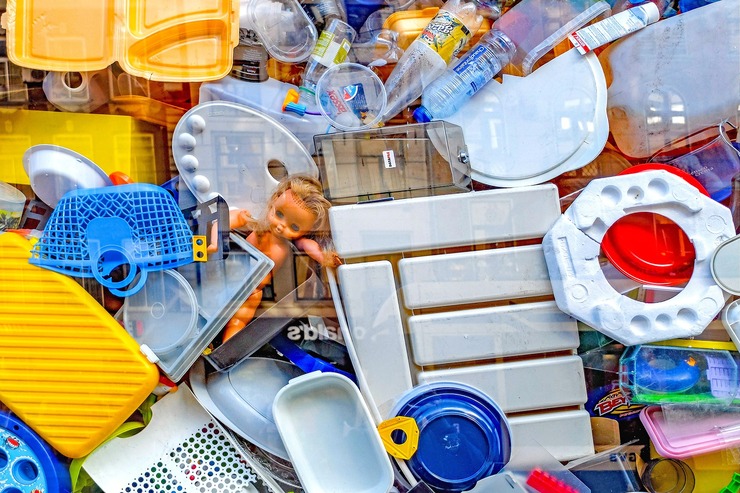Plastic Trading
Plastic recycling trading involves the buying and selling of recyclable plastic materials. This process helps reduce waste, conserve resources, and support a circular economy. Here’s an overview of how it works:
Commonly traded plastics include PET (polyethylene terephthalate), HDPE (high-density polyethylene), PVC (polyvinyl chloride), LDPE (low-density polyethylene), PP (polypropylene), and PS (polystyrene). Each type has different market values and recycling processes.Recyclable plastics are sourced from various places such as municipal recycling programs, businesses, and waste management facilities. Collectors or recyclers aggregate these materials for sale.


rPE (Recycled High Density Polyethylene)
Recycled High-Density Polyethylene (rPE) is a type of plastic made from recycled HDPE materials. HDPE is commonly used in products like milk jugs, detergent bottles, and plastic bags. By recycling HDPE, rPE helps reduce waste and environmental impact
Our leader human contact safe rPE tar is a flexible reused plastic tar which meets the severe necessities of the UAE and EU bundling security guidelines and can be consolidated in a large number of utilizations in bundling for hair care, personal care, home consideration, texture care, synthetic substances, and grease oils by FMCG and Lube brands.
rPP (Recycled Polypropylene)
Recycled polypropylene (rPP) is a sustainable material derived from the recycling of polypropylene plastic, which is commonly used in packaging, automotive parts, and consumer goods. By reprocessing used polypropylene, rPP helps reduce waste and the demand for new raw materials, contributing to a circular economy.
Reduces landfill waste and decreases the carbon footprint associated with producing new polypropylene.Uses less energy and resources compared to producing virgin polypropylene.Can be used in a wide range of applications, including containers, automotive components, and textiles.Advances in recycling technologies have improved the quality of rPP, making it suitable for various high-performance applications.
